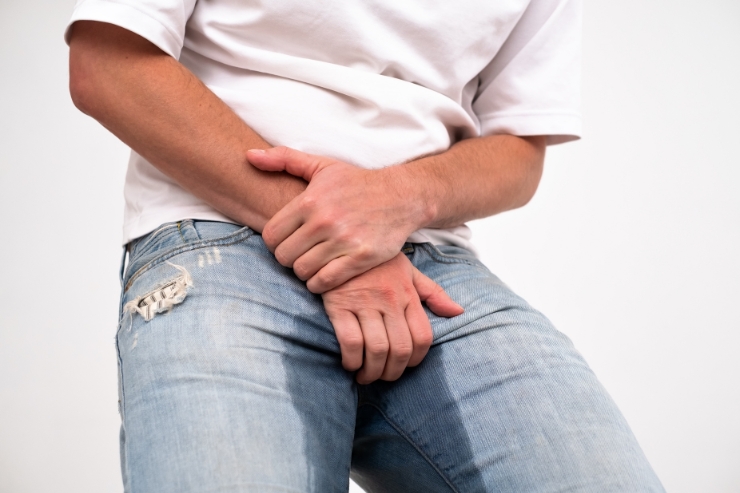
Urinary Incontinence is the unintentional or involuntary leakage of urine, a common condition that affects millions of people, especially women. It can range from occasionally leaking urine when you cough or sneeze to having a sudden urge to urinate that’s so strong you can’t get to a bathroom in time. Urinary incontinence is not a disease itself but a symptom of underlying medical or lifestyle issues.
There are several types of urinary incontinence, including:
Stress incontinence, caused by pressure on the bladder during activities like coughing, laughing, or lifting.
Urge incontinence, characterized by a sudden, intense urge to urinate followed by involuntary leakage.
Overflow incontinence, where the bladder doesn’t empty properly, leading to frequent or constant dribbling.
Functional incontinence, due to physical or mental impairment preventing timely bathroom access.
Mixed incontinence, a combination of stress and urge types.
Factors that increase the risk include pregnancy, childbirth, menopause, aging, obesity, chronic cough, and certain medical conditions such as diabetes or neurological disorders. Diagnosis typically involves a physical exam, bladder diary, urine tests, and sometimes urodynamic studies.
Treatment depends on the type and severity of the condition. Options include pelvic floor muscle exercises (Kegels), bladder training, lifestyle changes (like fluid and diet management), medications, medical devices, and in some cases, surgical intervention. Though often considered embarrassing, urinary incontinence is treatable, and seeking medical help can greatly improve quality of life and confidence.
Services
- Pregnancy
- Menstrual Disorders
- Menopause
- Pelvic Inflammatory Disease
- Endometriosis
- Polycystic Ovary Syndrome
- Cervical Cancer
- Ovarian Cancer
- Uterine Fibroids
- Urinary Incontinence
- Preeclampsia
- Infertility
- Ectopic Pregnancy
- Sexually Transmitted Infections
- Pelvic Organ Prolapse
- Gestational Diabetes
- Abnormal Pap Smears
- Vaginal Infections
- Contraception & Family Planning